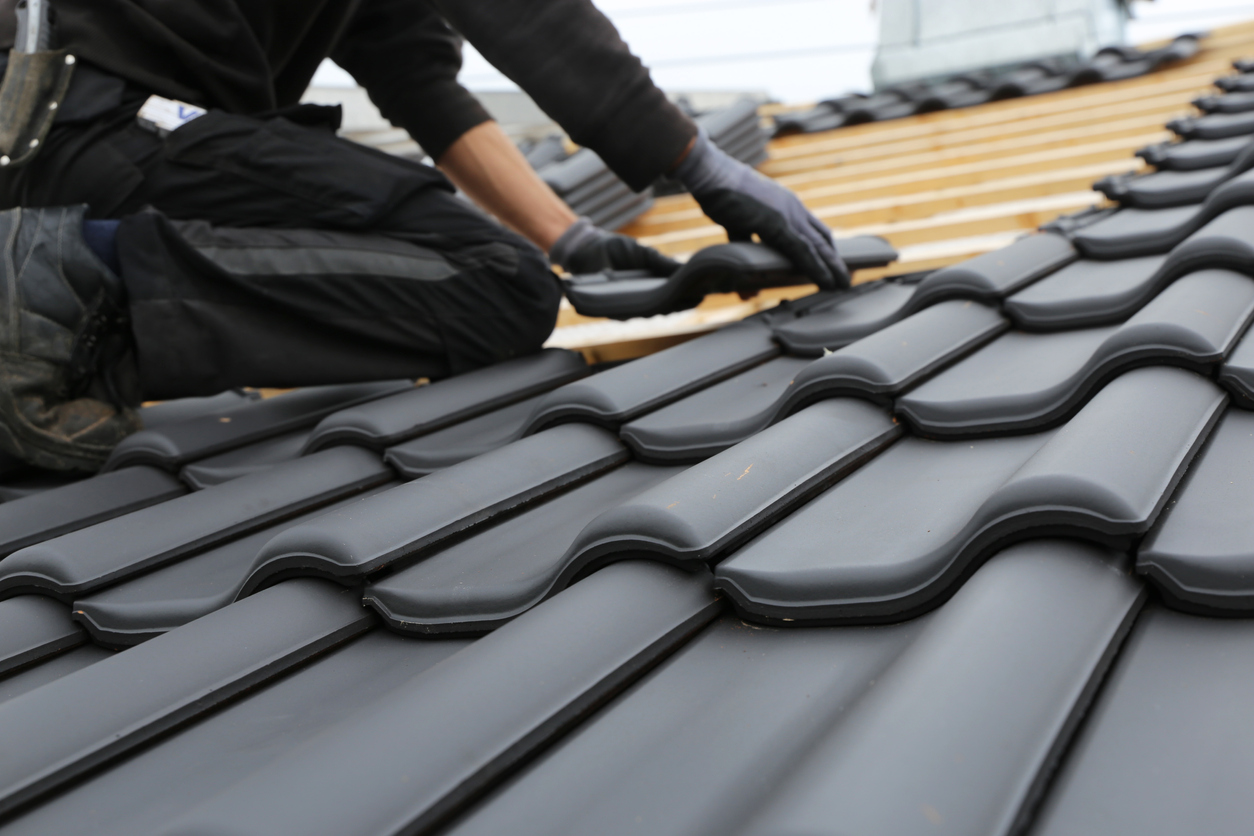Fire-resistant roof materials are essential for homes in Southern California, where wildfires are an ever-present threat. By opting for Class A, B, or C fire-rated materials like clay tiles, metal, or slate, you can significantly reduce the risk of your home catching fire. Protecting your roof is a critical step in overall home safety against wildfires.
The very phrase “fire-resistant roof materials” may strike a chord of urgency for residents of Southern California. The region’s susceptibility to wildfires makes this a non-negotiable feature when considering roofing options. Not all materials offer the same level of protection, so it’s crucial to understand your choices.
In this comprehensive guide, we will explore various fire-resistant roof materials, their benefits, and why you should not overlook this important aspect of home safety.
The Risk of Wildfires in Southern California
The issue of wildfires in Southern California is not just an occasional news headline; it’s a persistent, ever-increasing threat that has profound implications for its residents. The region’s climate, characterized by hot, dry summers and the notorious Santa Ana winds, creates the perfect setting for wildfires to ignite and spread rapidly. In addition to natural factors, human activities like uncontrolled campfires, discarded cigarettes, or even power lines can trigger these devastating events. The urban-wildland interface, where homes and wild areas meet, is especially vulnerable. Over the years, this has led to billions of dollars in damages and immeasurable loss of life. Therefore, preparing for wildfires is not an option but a necessity for Southern Californians, and selecting the right roof material forms a crucial part of this preparation.
Fire Resistant Roof Materials: An Overview
When it comes to protecting your home from the threat of wildfires, one of the most critical considerations is your choice of roofing material.
The roof is often the most exposed part of a home during a wildfire, making it the first line of defense against airborne embers and falling debris. But how do you know which roofing materials are truly fire-resistant?
The American Society for Testing and Materials (ASTM) has classified roofing materials into three categories: Class A, B, and C, based on their fire resistance. Class A materials offer the highest level of protection and are effective against severe fire exposure. Class B and C materials offer moderate and light fire protection, respectively. It’s essential to check these classifications when shopping for a new roof, as they give you an objective measure of how well the material can protect your home during a fire event.
What Makes a Roofing Material Fire-Resistant?
Fire resistance in roofing materials can be achieved through various characteristics and treatments. For starters, the material’s inherent properties, such as its combustibility and melting point, play a significant role.
Materials like metal and clay have low combustibility, meaning they are less likely to catch fire. On the other hand, certain materials can be treated with fire retardants to enhance their fire-resistant properties.
These treatments make it harder for the material to ignite and may also slow down the spread of flames across the surface. Some roofing materials, like metal and slate, are naturally reflective, which means they reflect rather than absorb heat, reducing the chances of ignition.
Finally, the design and installation of the roofing system itself, including features like fire-resistant underlayment and proper sealing, can contribute to the material’s overall fire resistance. In sum, when choosing a roofing material, it’s crucial to consider not just the material itself but also how it’s treated and installed to maximize fire resistance.
5 Fire Resistant Roof Materials
The need for fire-resistant roofing materials in fire-prone regions cannot be overstated. These materials not only provide an extra layer of safety but can also reduce insurance premiums, making them a smart investment for any homeowner. Each of these materials comes with its own set of benefits and limitations in terms of cost, durability, and aesthetic appeal.
Here are five fire-resistant roof materials:
Clay and Concrete Tiles
Clay and concrete tiles are among the most traditional roofing materials and are well-known for their fire-resistant properties.
They have a Class A fire rating, which means they offer excellent protection against fire. Apart from being fire-resistant, clay and concrete tiles are also highly durable and can last for decades. Their heavyweight and interlocking design make them resistant to high winds as well, an added advantage in fire-prone areas where winds can carry embers.
The main drawback is the weight, requiring a strong structural support for the roof.
Metal Roofing
Metal roofing is another Class A-rated material that offers superior fire resistance. It is lightweight, making it easier to install, and comes in various styles that can mimic the look of other materials like wood or slate. The reflective properties of metal can also contribute to energy savings by reflecting heat away from the home. However, metal roofs can be noisier during rain and may dent from hail or falling debris.
Slate Roofing
Slate is a natural stone material that provides exceptional fire resistance. Like clay and concrete tiles, and metal roofing, slate also has a Class A fire rating. Slate roofing offers a unique, high-end aesthetic and can last for more than a century if properly maintained. However, slate is among the most expensive roofing materials and is quite heavy, necessitating additional structural support.
Asphalt Shingles
While asphalt shingles are commonly used in various parts of the country, not all of them are fire-resistant. Those treated with fire-resistant chemicals can achieve a Class A fire rating. They are relatively inexpensive and easy to install, making them a popular choice for many homeowners. However, compared to other materials on this list, asphalt shingles have a shorter lifespan and may require more frequent maintenance.
Composite Materials
Composite roofing materials are engineered to achieve specific characteristics, one of which can be fire resistance. These materials often combine fiberglass, recycled paper products, and other materials, and can be treated with fire-resistant coatings. They can mimic the appearance of more traditional materials like wood or slate while providing a Class A fire rating. Composite materials offer a good balance of durability, aesthetic appeal, and cost-effectiveness, but the quality can vary depending on the manufacturer.
The Importance of Fire-Resistant Roof Materials
Need Help?
Choosing the right fire-resistant roofing material can be complex, but you don’t have to navigate this journey alone.
At Ventura Roofing Co, we specialize in installing a wide range of fire-resistant roofs tailored to the unique needs of Southern California residents.
Our expert team is dedicated to delivering high-quality craftsmanship and exceptional customer service. Call us at (805) 635-1500 to explore the best options for your home.
Conclusion
Understanding the significance of fire-resistant roof materials is crucial for residents in Southern California. The right choice can be the difference between a home that stands and one that succumbs to the devastating force of wildfires. It’s a vital aspect of your home’s overall fire safety strategy and one that should not be overlooked or compromised on.
Ready to take the next step? Contact Ventura Roofing Co to ensure your home is equipped with the best fire-resistant roofing material suited to your needs.

